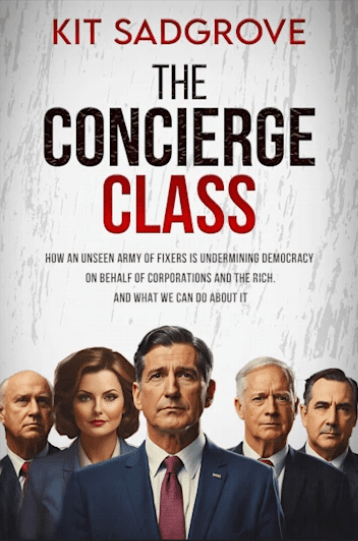The wealthy are a problem for society because they lead an environmentally unsustainable life.
Emissions: According to a study by the Institute for Policy Studies, the wealthiest 1% of people are responsible for 15% of global carbon emissions, while the poorest 50% are responsible for only 12%. This is because the wealthy tend to consume more goods and services, which require more energy to produce and transport. They also tend to travel more frequently and in more polluting modes of transportation, such as private jets.
A study by the University of Maryland found that the top 1% of earners in the United States produce an average of 31.6 metric tons of carbon dioxide per year, while the bottom 50% produce an average of only 4.5 metric tons. This means that the top 1% produce nearly seven times more carbon dioxide than the bottom 50%.
Pollution: The wealthy are also responsible for a disproportionate share of air and water pollution. For example, a study by the University of California, Berkeley found that the richest 10% of households in the United States are responsible for 47% of all fine particulate matter emissions, which are a major cause of respiratory problems and other health problems.
The rich also tend to live in areas with higher levels of air pollution, such as near highways and industrial areas. This is because they can afford to live in more expensive neighbourhoods, which are often located in more desirable areas. However, these areas are also often more polluted.
The wealthy also contribute to water pollution through their consumption of luxury goods, such as yachts and private jets. Yachts, in particular, are a major source of water pollution. They release sewage, oil, and other pollutants into the water.
Use of limited resources: The wealthy also consume a disproportionate share of the world’s limited resources, such as water, land, and minerals. A study by the World Resources Institute found that the richest 1% of people consume more than twice as much water as the poorest 50%.
The wealthy also tend to own more land, both directly and indirectly. For example, a study by the Institute for Policy Studies found that the top 1% of landlords in the United States own more than half of all rental housing.
They also consume more minerals than the rest of the population. This is because they use more electronic devices, cars, and other products that require minerals. The World Resources Institute says the richest 1% of people consume more than 10 times more gold than the poorest 50%.
Impact on society: The environmental impact of the wealthy has a number of negative consequences for society.
Climate change is already having a devastating impact on people around the world, and the wealthy are disproportionately responsible for this problem. Climate change is causing more extreme weather events, such as droughts, floods, and heat waves. These events are displacing people, destroying homes and businesses, and causing billions of dollars in damage.
Pollution also harms human health and can lead to respiratory problems, cancer, and other diseases. For example, a study by the World Health Organization found that air pollution causes an estimated 7 million deaths each year.
The overuse of limited resources can lead to scarcity and conflict. For example, water scarcity is a major problem in many parts of the world. This is because water is being used at an unsustainable rate, and climate change is making the problem worse.
What’s to be done?
There are a number of things that can be done to address the problem of the environmental impact of the top 1%.
Governments should implement policies that discourage the wealthy from consuming so many resources and emitting so much pollution. This could include taxes on luxury goods and high-income earners, as well as regulations on the superyacht industry and other polluting industries.
Governments can also invest in renewable energy and sustainable infrastructure. This would help to reduce the reliance on fossil fuels and other polluting energy sources.
By taking these steps, we can reduce the environmental impact of the wealthy and create a more sustainable future for all.
We also need to educate the public about the environmental impact of the wealthy. This could be done through school curricula, public awareness campaigns, and media coverage.
And we should support businesses that are committed to sustainability. This can include buying from businesses that use renewable energy, recycle materials, and have fair employment practices.
